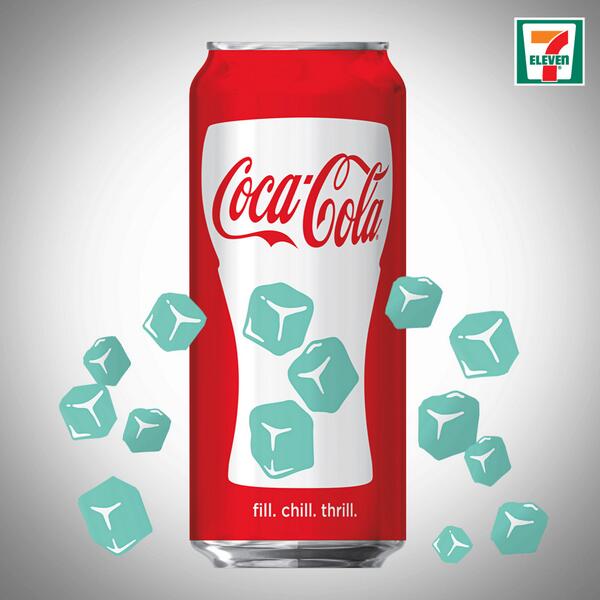
It’s been a few weeks since news reports came out linking beverage conglomerates Pepsi and Coca-Cola’s interest in acquiring Sodastream. While these reports have since been refuted, this does present an interesting scenario for the carbonated soft drink (CSD) industry should Sodastream become part of either company’s portfolio. Since Pepsi has been the most commonly linked of the two, what would happen if Pepsi did in fact acquire Sodastream? How would that change the CSD landscape, or would it change it at all?
Ignoring the growing trends of sustainability, DIY products, and small home appliances, Sodastream has still caught a lot of attention since the Superbowl banned their TV commercial. The company’s positioning focuses on the environmentally-conscious aspect, touting that its at-home carbonation machine saves tons of plastic bottles from entering the landfill. One of the qualitative acquisition benefits will include extending the sustainability factor for Pepsi that goes beyond plant bottles. Is there any better way to deter perception of increasing plastic bottle waste but eliminating the bottle completely?
For the quantitative benefits of this theoretical acquisition, Pepsi will certainly integrate many aspects of Sodastream’s operations into their own. The integration will create efficiency savings for distribution and production, but likely after a few years since there will be some figuring out to do. Sodastream would be able to expertly utilize Pepsi’s distribution system to increase their market penetration without having to use up as much marketing dollars as they previously have; this lowers the cost of getting their machines and syrup bottles onto more store shelves. In addition to heightened market penetration, Pepsi would also hasten adoption of the sodamixes. Offering Pepsi-branded syrup mixes will improve consumer confidence for the machines and halo over to the syrup mixes themselves. Not to mention this blocks Coca-Cola from getting any potential licensing deals with Sodastream to have their syrup mixes packaged for the Sodastream carbonation units. Not only will the soda enthusiast be able to purchase their favorite branded sodas in gas stations, convenience stores, and grocery stores but now they will be able to make their own at home.

While changing the carbonated soft drink landscape won’t happen as a result of this acquisition, it will fortify another revenue source for the category. In a global market worth $183 million where the category is well developed coupled with negative connotations relating to health, any incremental revenue source is beneficial. The benefit of Sodastream beyond their eco-friendly positioning is that it allows the end user to create their own soda. This allows the end user to be more involved with their soda and own the production process. While this interaction level is not a solution to the existing health issues, it does provide customization at a time when individuality is increasingly celebrated.
From the news reports, the current price tag for acquiring Sodastream is around $2 billion. Should consumer trends persist (all signs indicate that it will, which is why its a trend), Sodastream may end up with a stronger valuation and become too expensive for anyone to acquire. At that time, Pepsi and Coca-Cola may regret the day where they passed on the acquisition opportunity. At that time, Sodastream may become such a strong disruptive force that the category landscape will be changed.




